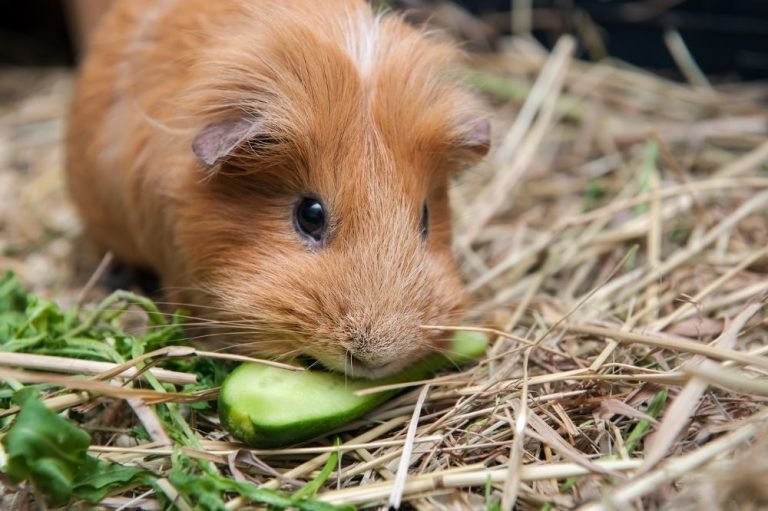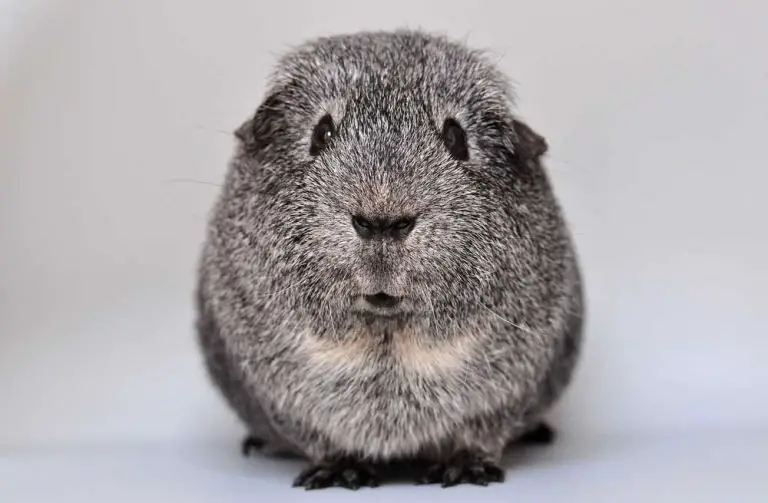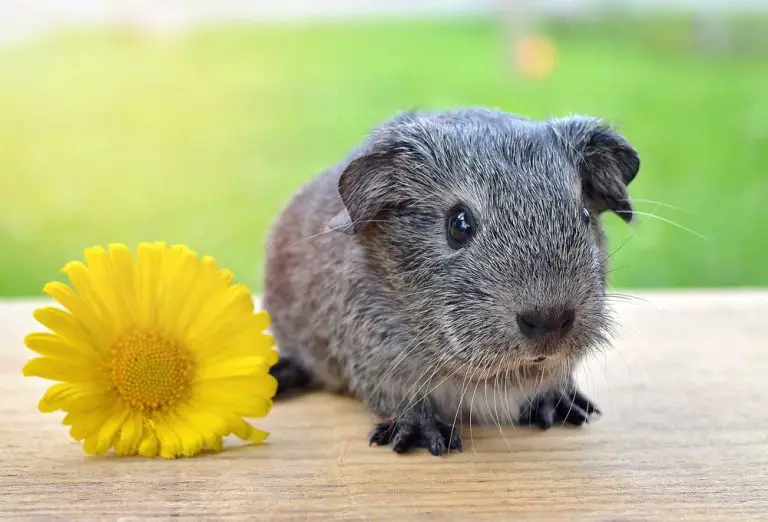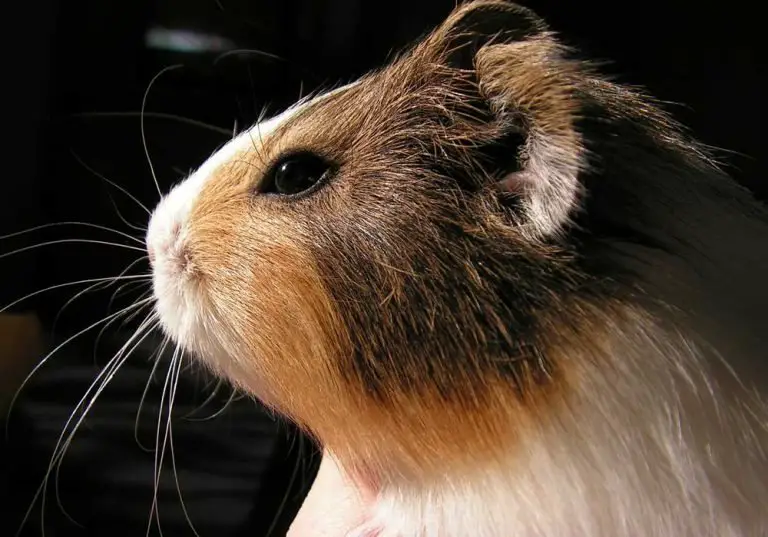Can Guinea Pigs Eat Tomatoes?
Tomatoes are a delicious fruit added to most of our salads and foods. We love them that much.
With our guinea pigs being huge fans of almost any meal on the planet, we could be prompted to give them some tomato slices. But are they safe?
Is it okay for our furry pets to eat tomatoes? We’re just about to explore that. Read on.
Can guinea pigs eat tomatoes?
Guinea pigs can eat tomatoes. Tomatoes are a huge variety from cherries to plums to beef tomatoes, you name it, and all are safe for guinea pigs to eat. However, the leaves, stalk, and stems of tomatoes are toxic and should all be removed before feeding. The fleshy part is the only part of tomatoes that you should give to your pet.
Are tomatoes safe?
As stated, tomatoes have some toxic parts. Tomatoes are part of nightshade plants with the likes of potatoes, eggplants, and peppers.
They contain tomatine which is poisonous. The component is usually in small amounts which may not harm humans but guinea pigs are small animals and the smallest amount could harm them and make them sick.
Unripe tomatoes are also unsafe for guinea pigs and at all times you should only provide ripe red tomatoes.
Are tomato seeds okay?
Some fruits like apples have seeds that should never be fed to guinea pigs because they are harmful. For tomatoes though, it’s okay to feed the whole fruit with its seeds as they are safe for consumption.
Tomato seeds and skin contain the most nutrients and antioxidants of the fruit.
Do guinea pigs like tomatoes?
Most guinea pigs love eating tomatoes. You may even spot a guinea pig pick out a cherry tomato from the rest of the food and run to eat it in hiding, away from the rest of the cage mates.
Benefits of eating tomatoes
Just like with other fruits, tomatoes are highly beneficial. They contain 95% water content which helps keep a guinea pig hydrated. In older guinea pigs, tomatoes stabilize metabolism.
They are nutrient-rich with the following components:
- Fiber – assists in digestion and enables smooth operation of bowel movements.
- Vitamin C – prevents scurvy.
- Vitamin K – helps in the development of bones.
- Folate – aids in the growth of tissue.
- Potassium – reduces blood pressure and is good for the functioning of the heart.
- Beta carotene – an antioxidant. Antioxidants maintain the health of guinea pigs.
- Vitamin A & C – ensure healthy-looking skin and fasten the healing of wounds.
- Chlorogenic acid – lowers blood pressure.
How to introduce tomatoes to guinea pigs
It’s always good to introduce a variety of foods to guinea pigs when they are still young. This helps them get their taste buds used to foods from an earlier age.
Whether your guinea pig is young and learning to eat foods or mature and you want to introduce tomatoes to them, you will need to start slowly just like with all new foods.
You should start with a small slice then watch any reactions they might have from eating it. If you notice stomach upsets and diarrhea within 12 hours, then they didn’t do well with the fruit.
If after 12 hours everything is still fine, then you can gradually give a little more because their stomachs have given the green flag.
Ways to feed tomatoes
Red tomatoes have the highest amount of Vitamin C. Remember, the redder the tomato the higher the Vitamin C content.
Wash all tomatoes carefully to get rid of pesticides and bacteria before feeding your piggy pet. Cherry tomatoes can be eaten whole as they are small.
When giving the bigger fruits, always slice them up into smaller pieces and give your pet one piece. Do not add salt to the fruit how some of us like to enjoy it. Give the fruit in its natural form.
Tomatoes have sugar in them but not as much as other fruits. Even though they don’t have much sugar, you should not overfeed them because they are high in oxalic acid.
Oxalic acid brings about cheilitis when in high quantities. Cheilitis is a condition in which a guinea pig has sore lips and painful scabs in the mouth. It can only be treated by a vet.
Provide tomatoes a couple of days per week to avoid any negative side effects. Do not give them at the same time or on a similar day with other acidic foods.
When feeding tomatoes you can mix them with guinea pig pellets or offer them as a treat on their own. Always remove any uneaten fruit after an hour to prevent mold and flies with bacteria that could contaminate and make the fruit unsafe for eating.
What if the plant is eaten accidentally?
As you let your guinea pig outdoors for some air, they could venture to a place where you have grown tomatoes and help themselves to the plant from fruit to root. In case this happens, remember that the rest of a tomato plant is toxic.
Seek a vet immediately as they may exhibit poisoning symptoms like:
- Stomach upsets.
- Vomiting.
- Dilated pupils.
- Diarrhea.
- Very fast heart rate.
- Lacking motor coordination.
- Drooling excessively.
- Shortness of breath.
Alternatives
If your guinea pig has adverse reactions to tomatoes or doesn’t like them, there are other alternatives you can offer them. Give them fruits rich in Vitamin C like strawberries, apples, and grapes.
Conclusion
Tomatoes are safe fruits for guinea pigs. They can be offered as part of food or given as treats though their servings should be limited and not given daily.
The fruit is the only part that a guinea pig can eat and every other part of the tomato plant including green unripe tomatoes should be avoided to avoid making your pet sick.
In case of accidental ingestion of the toxic parts of a tomato, a veterinarian should be called immediately. Not all guinea pigs will like tomatoes so if yours doesn’t like them, it’s okay to offer a different fruit.







